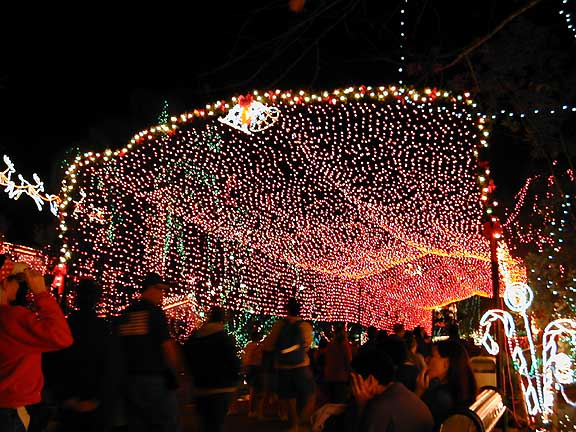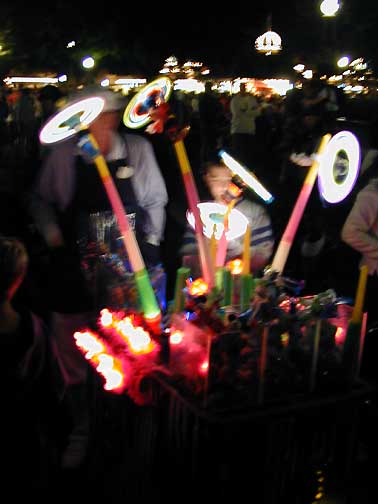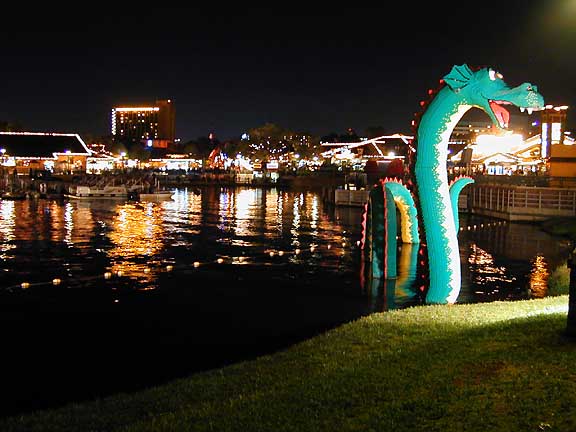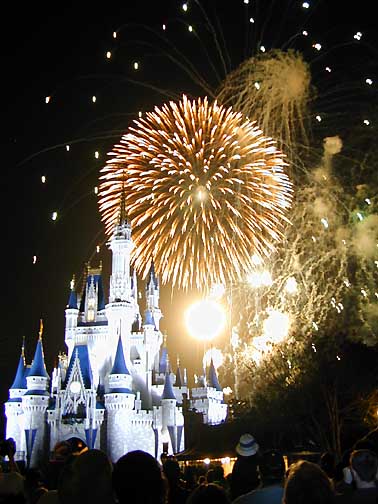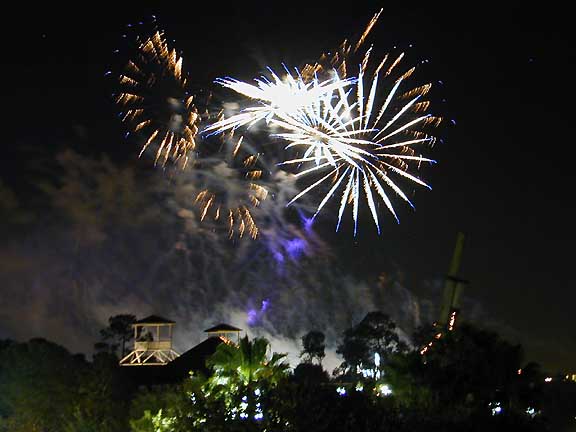Exposure time = Shutter Speed. It's the duration of time the light has to hit the film or CCD (in the case of digital). Each speed of film requires a certain amount of "exposure" to make the photo comes out right. It's called the "EV" (Exposure Value). The "exposure" is a simple math formula: Shutter Speed * Amount of light coming thru the lens = Exposure. The required EV for 200 speed film is 2 times the EV for 400 speed film. That's why it's said that 400 speed film is "faster" than 200 speed... it only requires 1/2 the amount of EV as 200 speed to make a "proper" photo. Each time you double the speed, the EV is cut by 1/2. So 200 speed film requires 4 times the EV as 800 speed.
Notice that there's two parts of the "exposure" formula... length and the other is the amount of light coming thru the lens. The aperture (iris) of the lens controls that. The automatic exposure meter in your camera determines, based on what mode the meter is set to, both the shutter speed and aperture size to use when you press the button to take a picture.
As for "pixels" ("picture elements") that a single "dot" that you see when you zoom in real far with a digital image. My CoolPix 950 produces a 2.1 mega pixel image that is 1,200 x 1,600 pixels in size. I know 1,200 x 1,600 is only 1.92 million, 2.1 million is the number of little light sensitive "dots" on the camera's CCD, and they "fudge" a little with the marketing. So each photo from my 950 is 1,200 pixels up and down, and 1,600 pixel across. Here's were dpi (dots per inch) comes into play. If I tell Photoshop that I want this photo to be a 300 dpi image... it will produce a photo that's 4 x 5 1/3 inches in size. 1,200 / 300 = 4 1,600 / 300 = 5 1/3. If I say I want it to be 100 dpi, then it renders a 12 x 16 inch photo. But as the dpi goes down, so does the quality of the image. You'll start to see the jagged saw edges of the square pixels if you go too low.
If you're lucky, your photo editor will allow you to alter both the size and dpi of the image with is one of the tricks in turning a 750K file (the average file size of a image from the 950) into a 50K photo that your friends won't yell at you when you e-mail it to them when they only have a dial-up connection. I can tell Photoshop to make my image 72 dpi and size it to 6 x 8 inches. This makes the image only 432 pixels by 576 pixels. That's only .24 mega pixels. Fewer mega pixels... smaller file size. That's what you're looking at with the photos I posted on that thread (the horizontal ones, anyway)
Why 72 dpi? Most computer monitors "max out" the image quality at 72 dpi (newer one can go up to 96 dpi). So a 6 x 8 inch image at 72 dpi looks the same as a 6 x 8 inch image at 300 dpi on most monitors. But the differ in pixels is .24 mega pixels vs. 4.3 mega pixels!!! That's a lot of extra overhead for zero benefit. It will however, make a difference when it comes to printing. With most color printers today, once you drop below 150 dpi it starts to show up pretty fast on the print (jagged pixels).
The last trick to save the image in an internet friendly format. Jpeg is the universal format for images on the web. Jpeg is a format that compresses images as it saves them. You can control how much it compresses the image. The more compression, the lower the quality of the image is, but you save more space as the file size is smaller. Most photo editor allow you to select the "quality" setting for your Jpegs. Some programs use a scale from 1 to 10, others use 1% to 100%. The higher the number, the less compression. For computer montiors, a setting of 4 or 40% works just fine. Again, that's what I used with the images in the thread. Again, side-by-side, a 40% quality Jpeg image looks just like a 100% image... and the file size difference is staggering!
So by resizing the raw image to 6 x 8 inch at 72 dpi, and saving it as a 40% quality Jpeg, I can shrink the file size from 750K to around 50K.
For a photo editor, I'd recommend Photoshop Elements. It's under a $100 and contains around 80% of the features of it's bigger professional brother that'll cost you a small house payment.
